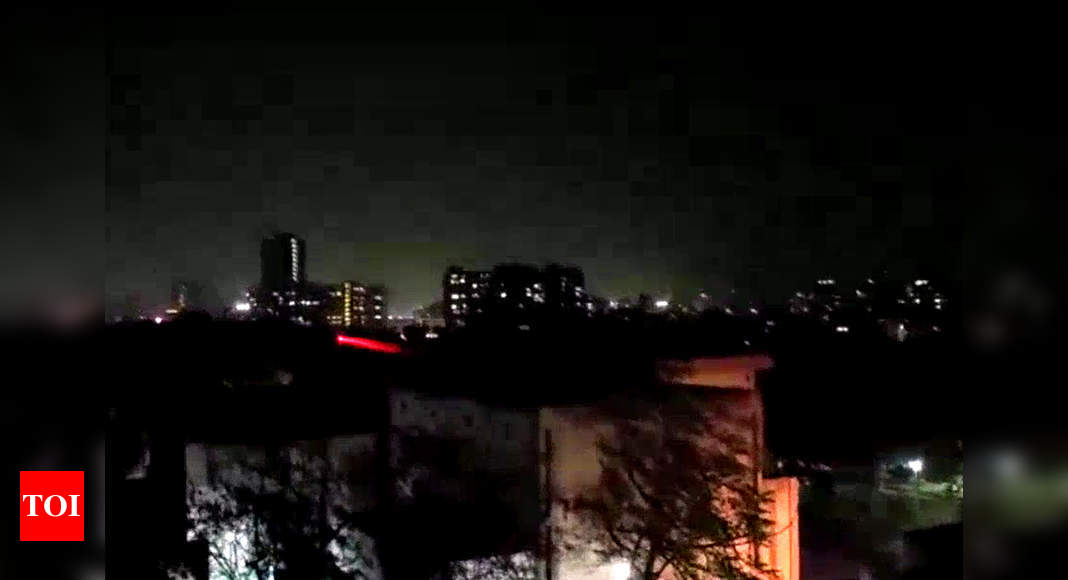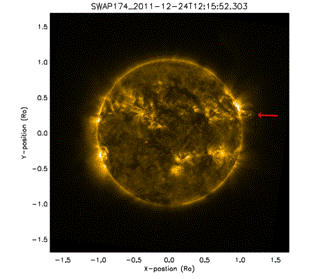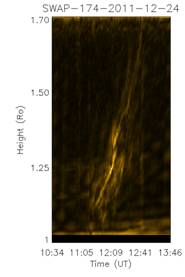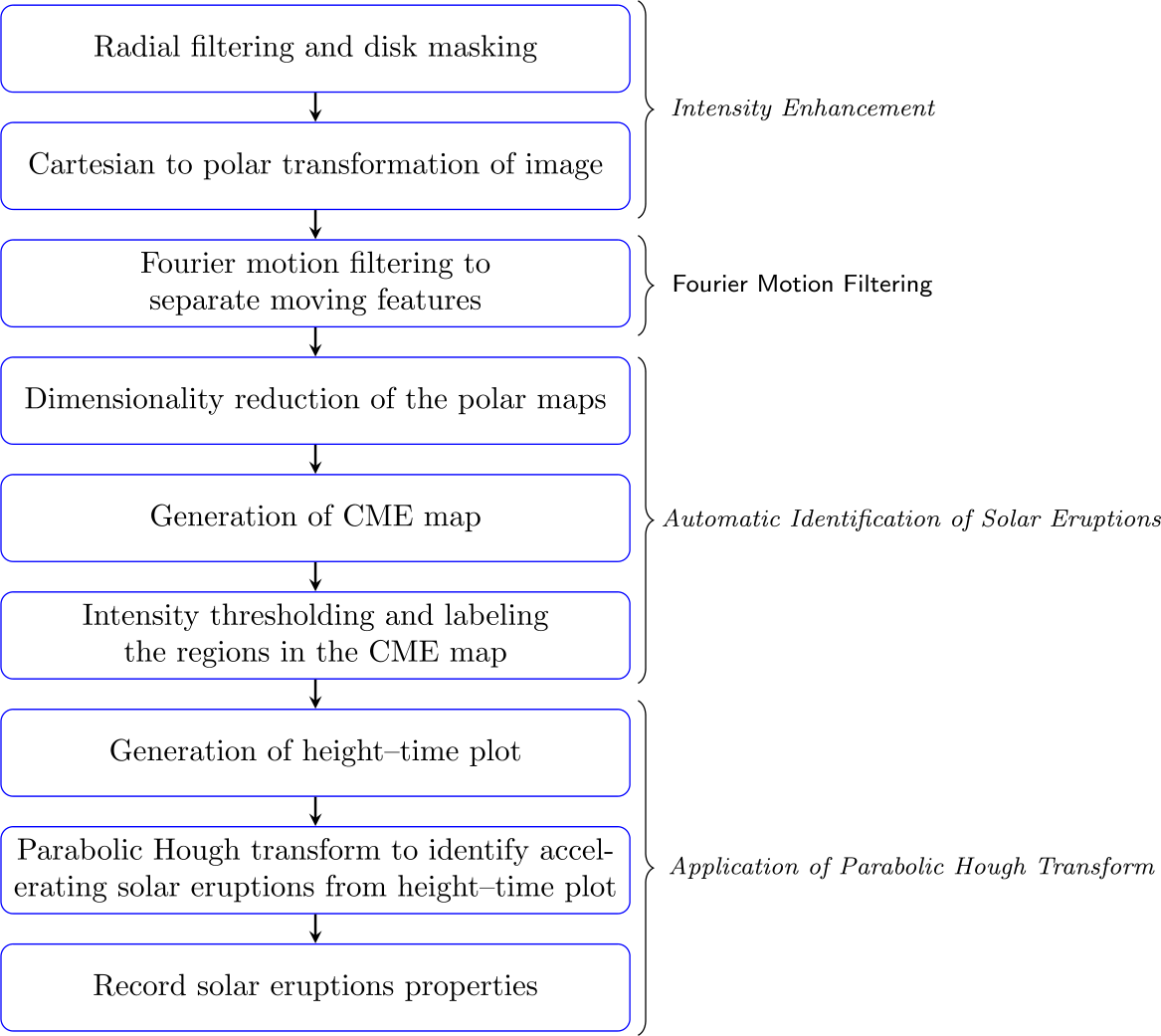INDIA TO OFFER GSLV ROCKETS FOR GLOBAL SATELLITE LAUNCH MARKET
SUNDAY, MARCH 28, 2021 BY INDIAN DEFENCE NEWS
Chennai: India will get into the global communication satellite launch market with its Geosynchronous Satellite Launch Vehicle (GSLV) rocket after 2022-23, Chairman of the Indian Space Research Organisation (ISRO), K. Sivan said.
“Enquiries from third parties are being received for satellite launch using GSLV rockets. The rocket can be used for launch of multiple satellites. However, at present our GSLV rockets are fully booked and we can look at commercial launches only after 2022-23,” Sivan told IANS.
India has three rockets to launch satellites viz Polar Satellite Launch Vehicle (PSLV), GSLV MK-II and GSLV MK-III.
The country has used PSLV for putting into orbit earth observation satellites – owned and those belonging to domestic and foreign third parties.
The GGSLV MK-II and GSLV MK-III rockets are used for orbiting communication satellites that are heavier than earth observation satellites.
India has slung a total of 342 foreign satellites into orbit, all for a fee. However, the majority of the foreign satellites orbited by PSLV are small ones.
The real cash is in launching heavier communication satellites.
The GSLV MK-II has a carrying capacity of 2,500 kg to Geo Transfer Orbit (GTO) and the GSLV MK-III capacity is 4,000 kg to GTO.
“About 10-12 satellites are to be launched using GGSLV MK-II rocket including navigation and defence satellites. The rocket is fully engaged till 2022-23,” Sivan said.
As regards with the much heavier GSLV MK-III rocket, the ISRO’s focus is on building a human rated vehicle so that India’s human space mission Gaganyaan can be realised, he remarked.
The Indian space agency is expected to fly its human rated first unmanned GSLV MK-III by the end 2021, Sivan said.
It is also developing a smaller rocket with a carrying capacity of 500 kg.
The realisation of SSLV is expected to be delayed as the first static test of the rocket’s first stage was unsuccessful.
Sivan declined to dwell on the static test.
On the status of getting the private sector to make PSLV rockets, the ISRO Chair said the request for proposal (RFP) has been issued and time has been given till May for interested parties to submit their proposals.
Sivan said inter-ministerial consultations on the proposed Space Act and the Space Based Remote Sensing Policy are to be held. The Space Based Communication Policy of India 2020 or Spacecom Policy-2020 is in the final form.
“Policies on launch vehicles, space exploration, human space flight are on the way.”
Sivan replied in negative when queried about the students of the Indian Institute of Space Science and Technology (IIST) making and launching a satellite.
Students of several Indian universities have made and launched their satellites using PSLV rockets.
“We give new technology projects for IIST students,” Sivan said.
Source>>
Chennai: India will get into the global communication satellite launch market with its Geosynchronous Satellite Launch Vehicle (GSLV) rocke...

www.indiandefensenews.in
India will get into the global communication satellite launch market with its Geosynchronous Satellite Launch Vehicle (GSLV) rocket after 2022-23, Chairman of the Indian Space Research Organisation (ISRO), K. Sivan said.

odishatv.in










